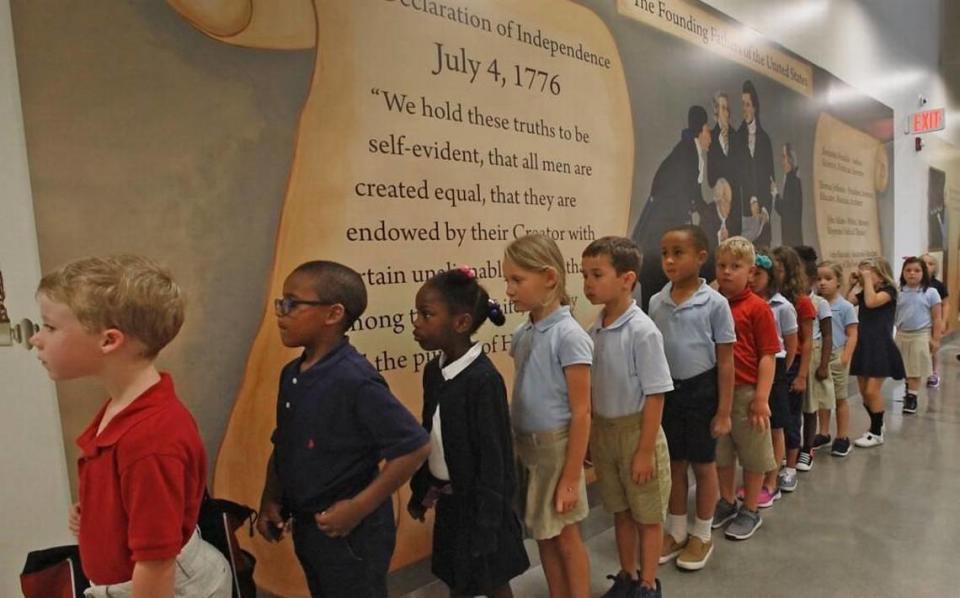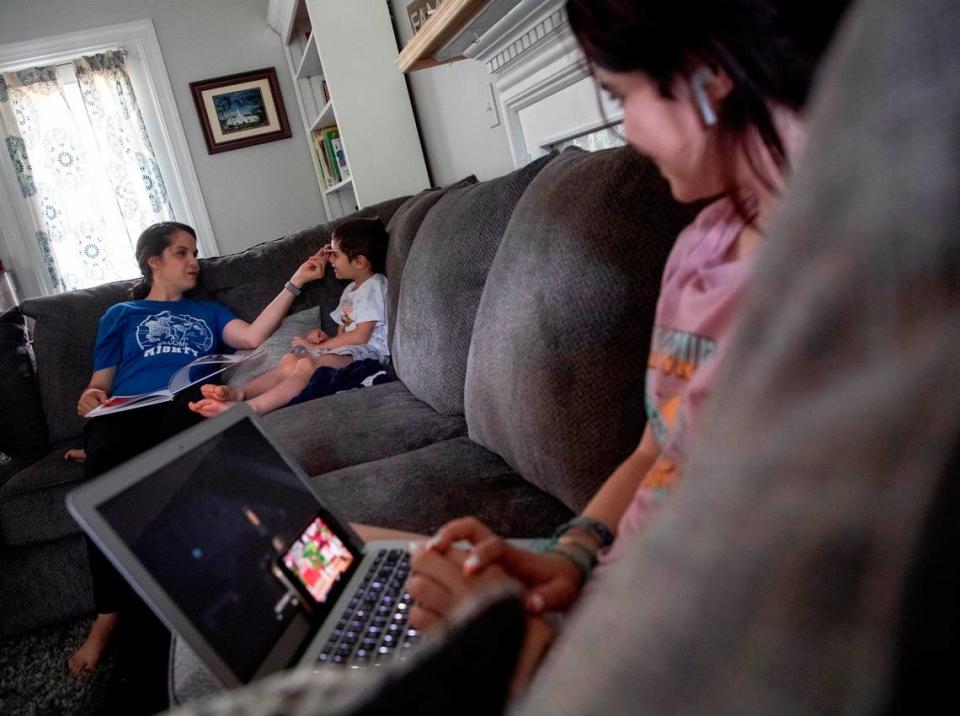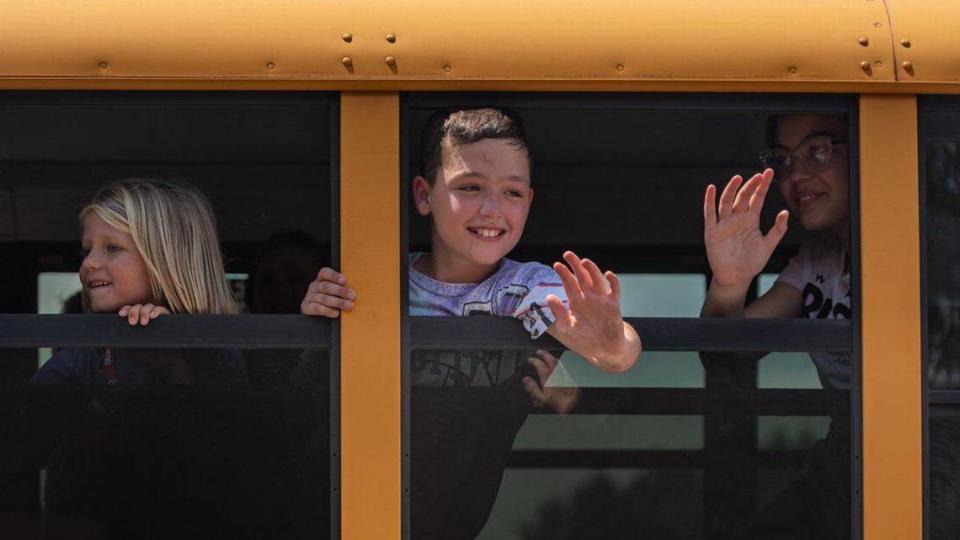Enrollment soars in NC private schools at levels not seen since the 1970s
Enrollment in North Carolina private schools grew by the largest number in 50 years, while the number of students who are home schooling dropped.
New figures released Friday by the state Division of Non-Public Education (DNPE) show private school enrollment rose by 7,970 students in the 2021-22 school year — a number not reached since 1971 when many families fled public schools due to school integration.
There are now 115,311 students attending private schools, a 7.4% increase from the prior year.
The enrollment surge coincides with legislative changes made in recent years that made it easier for families to get taxpayer money to attend private schools.

“We should be looking to allow taxpaying citizens to get access to tax dollars to access the school of their choice,” Brian Jodice, executive vice president of Parents for Education Freedom in North Carolina, said in an interview Friday.
But Heather Koons, a spokeswoman for Public Schools First N.C., said this support for private schools has come at the expense of public schools.
“We should be putting our focus on creating high-quality public schools Instead of passing things out to private schools that are unaccountable,” Koons said in an interview Friday.
Fewer home-schoolers
Also Friday, the Division of Non-Public Education released figures showing 160,528 students were home-schooled during the 2021-22 school year. That’s 19,000 students fewer than the prior year.
Home schooling had soared by more than 30,000 students in the 2020-21 school year during the COVID-19 pandemic.
But Spencer Mason, law and policy director for North Carolinians for Home Education, said this year’s 10.8% drop in enrollment isn’t the result of less interest in homeschooling. He said DNPE staff removed 17,000 long-running schools from their records after a review found that the parents had neglected to notify the state that they had stopped home schooling.
“The General Assembly has been on their backs to get more accurate numbers, and they are now,” Mason said in an interview Friday.
With the defunct schools off the books, Mason said he expects enrollment will increase for the upcoming school year.

Public schools losing students
The new state figures come at a time when traditional public schools have been struggling with declining enrollments. That decline has coincided with how the Republican-led General Assembly lifted the cap on charter schools and started the Opportunity Scholarship program to help families pay for private schools.
Enrollment in traditional public schools was up 0.8% in the 2021-22 school year compared to the prior year. But enrollment is 4.3% less than what it was in the 2019-20 school year.
Unlike the last two years, state lawmakers didn’t include in the new budget a “hold harmless” provision to protect school districts from funding cuts if they have fewer students than projected.
The 115 school districts educated 76.8% of the state’s 1.75 million K-12 students this past school year. It was at 86.5% in 2010 before the state expanded school choice options.

Opportunity Scholarship expansion
Enrollment was declining in the state’s private schools before lawmakers created the Opportunity Scholarship program. But a rise in voucher recipients has occurred at the same time as more students are attending private schools.
The Opportunity Scholarship program served 20,372 students in the 2021-22 school year and could see a 28% increase for this fall, according to Rep. Jeffrey Elmore, a Wilkes County Republican. He pointed to the increase to justify GOP lawmakers adding $56 million to the program in the new budget and for expanding who can get a voucher.
The program was initially marketed as an effort to help lower-income families get access to more school options. But the new state budget makes it possible for a family of four earning $100,000 a year to get a voucher.
Jodice of Parents For Educational Freedom said the new state budget will help more parents pick the right educational choice for their children. Each voucher is worth more than $6,000 a year.
“With the widening of the eligibility, you’re going to continue to see that shift because more families are finding ways to get their kids into the private school of their choice,” Jodice said.
But Rep. Rachel Hunt, a Mecklenburg County Democrat, said the money going to vouchers could instead help public schools hire more teachers, social workers, counselors and nurses.
“We have many, many needs in education in North Carolina,” Hunt said during this week’s budget debate. “We don’t have the money. Except we do have the money. We’re just choosing not to spend it that way.”

 Yahoo Movies
Yahoo Movies 
